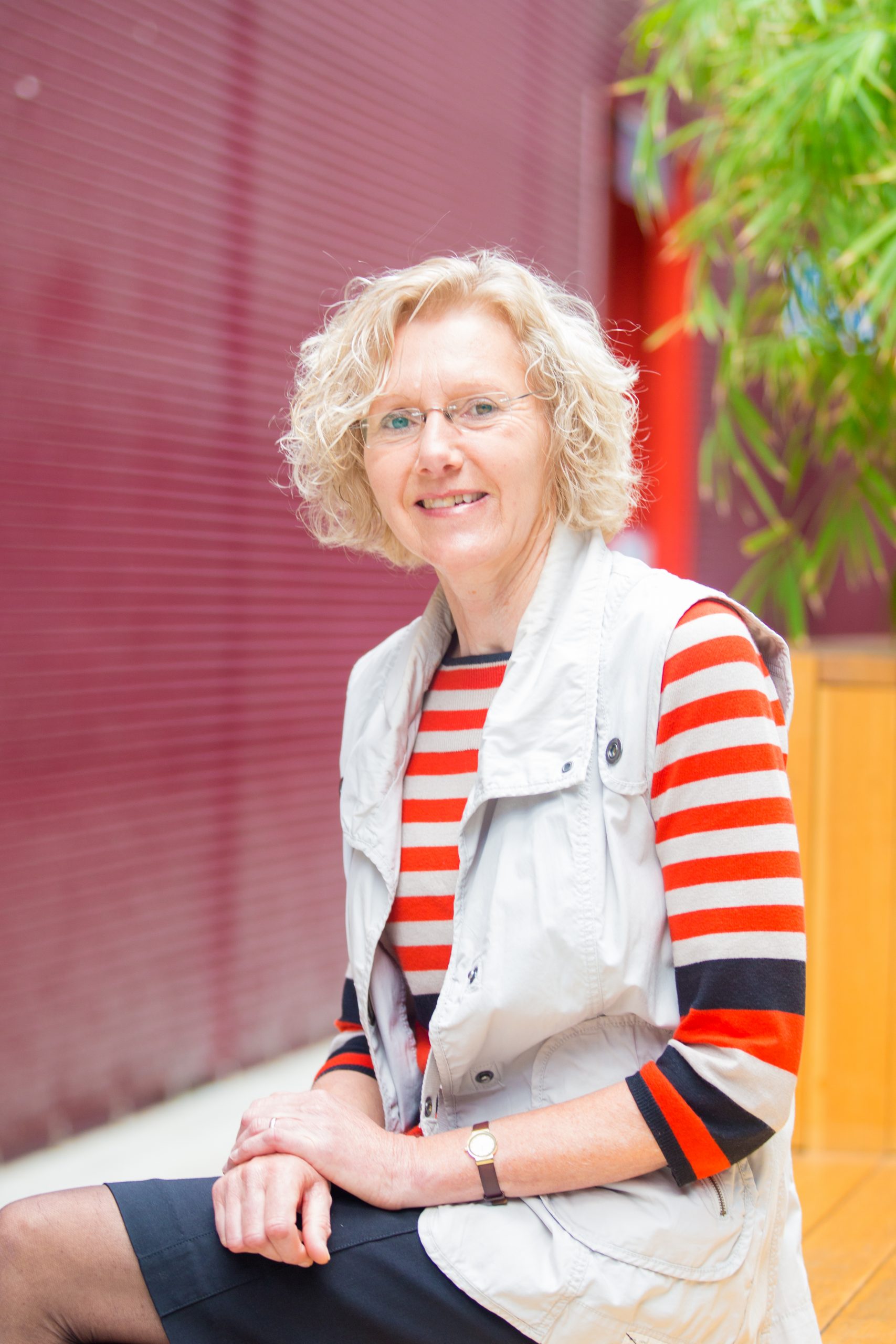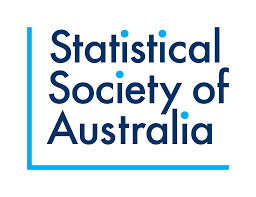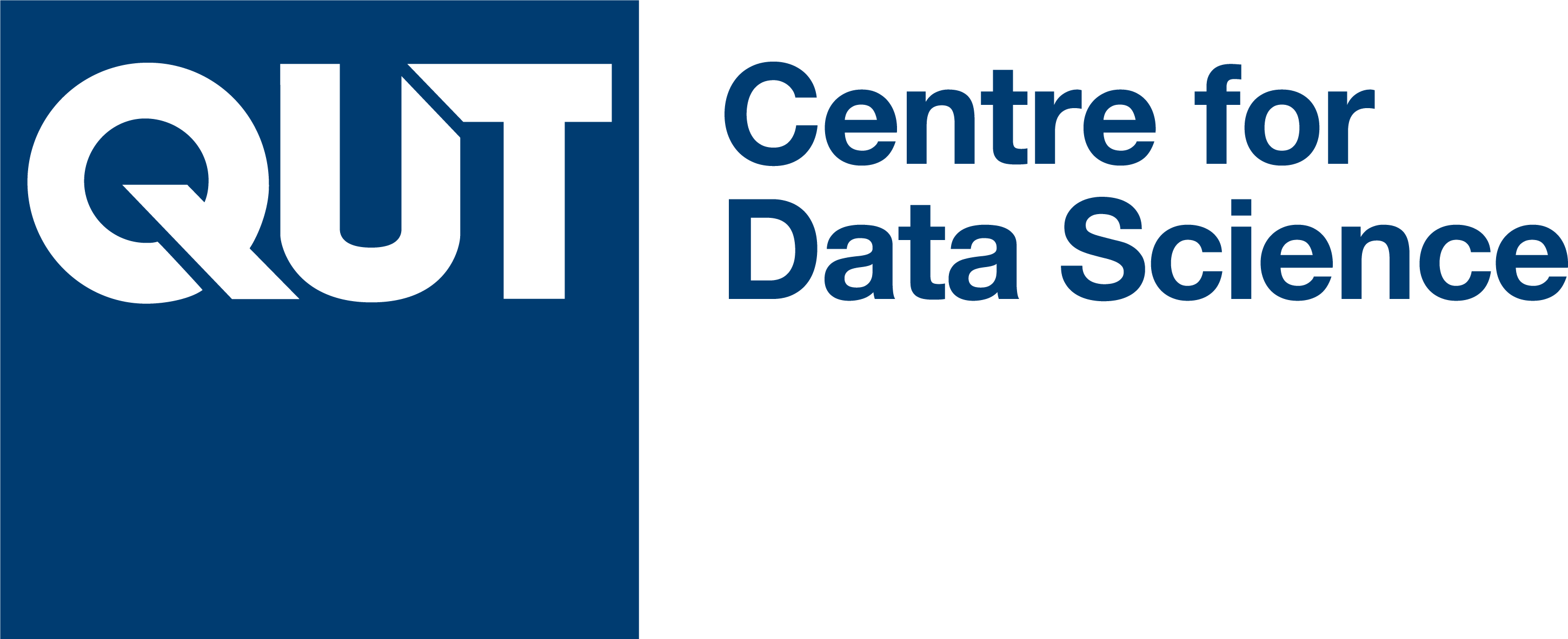AMSI-SSA PUBLIC LECTURE
Data Detectives on the Trail of Black Hole Mergers
In 2021, the AMSI-SSA Public Lecture will be presented as part of the AMSI Winter School program
THIS IS A FREE VIRTUAL EVENT
When: Thursday 22 July
Time: Lecture from 6:30pm – 7:30pm AEST
Where: Zoom – details to be emailed to all registered attendees 24 hours before the event
ABSTRACT
It has now been two decades since Bayesian parameter estimation methods were first introduced for studies in gravitational wave astronomy. Bayesian statistical approaches have become extremely important; their use is ubiquitous and helped to significantly advance our knowledge of the universe and its history. On 14 September 2015, Advanced LIGO made the breakthrough of the first detection of gravitational waves — ripples in the fabric of space-time caused by accelerating massive objects.
I will review how Bayesian computational methods helped to make sense of the data from the very first detection and from the subsequent observation runs of LIGO/Virgo and provide an outlook to the future space-based observatory LISA.

Professor Renate Meyer,
The University of Auckland
Renate is Professor of Statistics at the University of Auckland. After obtaining an MSc and PhD in Mathematics and Statistics from the University of Aachen, Germany, she took up a lectureship at the University of Auckland in 1994. In 2010, 2017, and 2018, she held visiting professorships at the Karlsruhe Institute of Technology, the Otto-von-Guericke University Magdeburg in Germany, and the Observatoire de la Côte d’Azur in France. She was awarded a James Cook Research Fellowship by the Royal Society of NZ in 2018 for research on noise characterization studies for laser-interferometric gravitational wave observatories and the Littlejohn Research Award of the NZ Statistical Society in 2020.
Renate has wide research interests in applied Bayesian inference, in particular time series analysis with applications in astrophysics, state-space modelling in ecology, multivariate modelling using copulas, survival analysis in medical statistics, and stochastic volatility models for financial time series.




